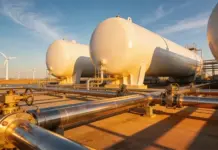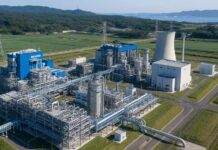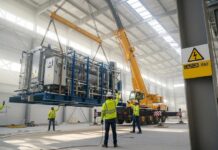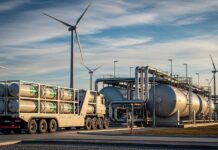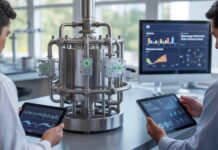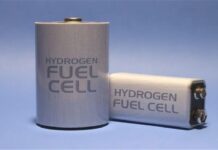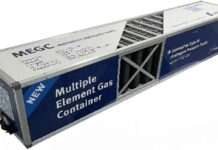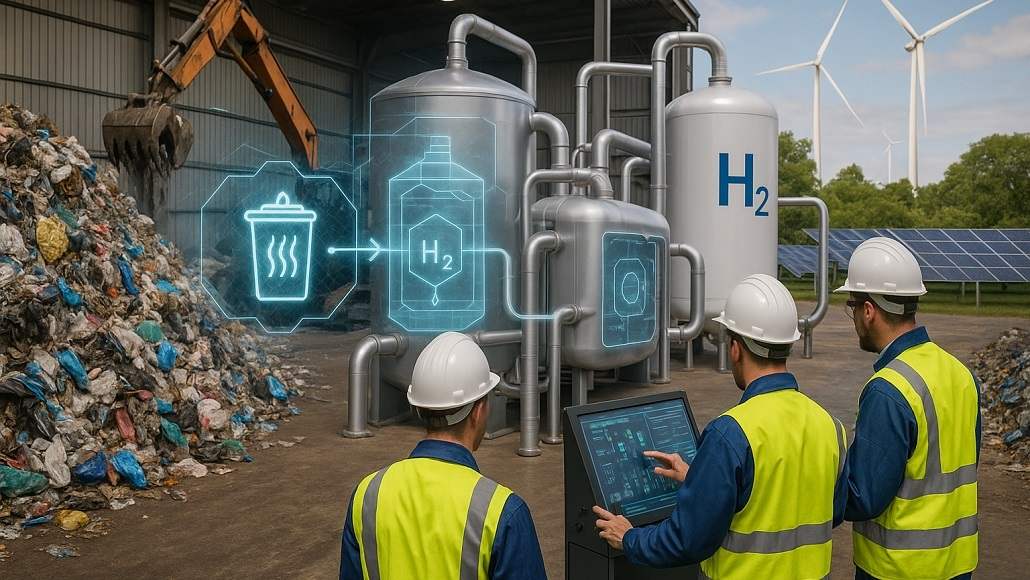Hydrogen has emerged as a source of optimism in the search for sustainable and versatile energy solutions, while facing rising concerns such as climate change, waste management, and energy consumption. As a pioneer in supplying clean energy with no emissions at the point of use, hydrogen has turned out as a key player in the transition to a global energy system. Though industries seek new methods of scaling up hydrogen production, a sustainable solution has emerged, generation of hydrogen from waste. By utilising waste as a feedstock, society can meet two critical global objectives at once, minimizing landfill levels and producing renewable energy.
Waste hydrogen production is more than just an intriguing notion; it represents a revolutionary opportunity to shift towards circular economies. The plan emphasises the notion of turning liabilities to assets, in which garbage that was formerly a burden on the environment is converted into green power that powers industries, families, and transportation networks. The integration of waste-to-hydrogen technology into energy systems is a watershed point in sustainability, resilience, and innovation.
The Science of Turning Waste into Hydrogen
The technique of generating hydrogen from waste uses complex chemical and biological engineering approaches. Waste is converted into hydrogen by thermal, biological, or hybrid processes, each using various processes to recover usable hydrogen from organic and inorganic matter.
- Thermal Conversion
Thermal conversion processes, such as gasification and pyrolysis, are the most widely used ways for producing hydrogen from waste. Gasification is the process of heating organic waste in a controlled, oxygen-restricted environment. The process produces syngas, a mixture of hydrogen, carbon monoxide, and other gases. Hydrogen-rich syngas can be separated and processed to produce energy. Pyrolysis is a similar process in which waste is thermally destroyed at high temperatures in an oxygen-free atmosphere to yield hydrogen-rich products.
These technologies are compatible with municipal solid waste (MSW), agricultural residues, and industrial waste streams. Gasification and pyrolysis are two examples of waste management and energy sustainability, as they reduce the amount of garbage sent to landfills while converting it into an energy source.
- Biological Conversion
Biological processes like anaerobic digestion and microbial electrolysis use microorganisms’ energy to produce hydrogen from organic waste. Anaerobic digestion is the process of decomposing organic matter, such as food waste and agricultural residue, in the absence of oxygen. This method produces biogas, which contains methane and can be further processed to yield hydrogen. Further, it offers a dual benefit of producing hydrogen while treating organic effluents.
This approach has potential applications in wastewater treatment plants.
- Hybrid Techniques
Hybrid approaches integrate the thermal and biological processes for optimal hydrogen yields. For example, biochar generated during pyrolysis may be utilized as a catalyst to increase microbial hydrogen production. Hybrid techniques optimize resource utilization and improve the overall efficiency of waste-to-hydrogen systems.
Environmental and Economic Benefits of Waste-to-Hydrogen Production
The transition to hydrogen production from waste offers enormous environmental and economic benefits, making it a key driver of sustainable energy.
- Waste Diversion and Landfill Reduction
One of the major environmental advantages of waste-to-hydrogen systems is the capacity to remove garbage from landfills. Landfills, which are usually linked to greenhouse gas emissions and groundwater contamination, pose a significant environmental threat. These technologies mitigate the negative effects of landfilling by converting waste into hydrogen and transforming unwanted materials into something valuable.
- Carbon Emission Reduction
Hydrogen production from waste is particularly suited to worldwide decarbonization initiatives. Conventional waste disposal methods, such as landfilling and incineration, emit large amounts of methane and carbon dioxide into the environment. In contrast, waste-to-hydrogen plants provide a low-carbon option by absorbing and converting greenhouse gases in the process.
By generating hydrogen on a local scale from trash, industries and communities can lessen their reliance on imported fuels and centralized energy infrastructure. Local generation improves greater energy security, especially in areas with considerable waste and limited access to traditional energy sources.
- Economic Opportunities
The economic benefits of creating hydrogen from waste go beyond energy production. By establishing a market for waste-derived hydrogen, these technologies promote job creation in waste collection, processing, and energy production. They also create revenue for municipalities and businesses by collecting rubbish that would otherwise be expensive to dispose of.
Applications for Waste-derived Hydrogen
Hydrogen from waste has a wide range of applications in several industries, making it a versatile contributor to sustainable growth.
- Transportation
Waste-derived hydrogen can be used to power fuel cell automobiles, making it a clean and efficient alternative to internal combustion engines. When paired with nearby hydrogen fueling stations and waste treatment facilities, this technology creates a closed-loop system for sustainable transportation.
- Industrial Applications
High-temperature process industries, such as steel and chemical manufacture, can use waste-derived hydrogen to decarbonise their operations. Decarbonisation not only reduces emissions but also positions industries at the forefront of sustainable policies.
- Power Generation
Hydrogen fuel cells present a consistent and scalable option for distributed power generation. Combining waste-to-hydrogen systems with fuel cell technology enables communities to realize clean and resilient local power generation.
- Wastewater Treatment
Microbial electrolysis systems are well adapted to wastewater treatment plants, where they simultaneously offer the added value of water treatment and hydrogen production. This combined treatment seeks to fix both environmental and energy problems.
Technological Advances in Waste-to-Hydrogen Systems
The efficiency of waste-to-hydrogen production depends on ongoing technological innovations and processes. New developments are extending the limits of efficiency, scalability, and affordability.
- Advanced Catalysts
Catalysts are the primary resource in thermal and biological hydrogen generation systems. Improved catalyst design through technologies like nano-engineered materials improves reaction efficiency and hydrogen output. These technologies save energy inputs, enhancing the economic feasibility of waste-to-hydrogen technology.
- Digitization and Data Analytics
The convergence of digital technologies, including IoT sensors and machine learning software, is revolutionizing waste-to-hydrogen systems. Real-time monitoring and powerful predictive analytics improve system performance, reduce downtime, and keep operations efficient.
- Modular Systems
Modular waste-to-hydrogen systems are emerging as an adaptable solution for a wide variety of applications. These systems can be tailored to the unique demands of communities, industries, or facilities, enabling decentralized hydrogen generation with minimal infrastructural requirements. Hydrogen synthesis from waste confronts substantial hurdles that must be overcome in order to achieve general adoption.
- Feedstock Variability
The composition of waste streams varies significantly, influencing the efficiency and dependability of hydrogen production. Advanced sorting and preprocessing technologies will be required to provide high-quality feedstock for waste-to-hydrogen systems.
- Cost barriers
The cost of waste-to-hydrogen technology remains a significant barrier to its growth. Furthermore, economies of scale, better technology, and favorable laws will reduce costs over time.
- Regulatory frameworks
To enable waste-to-hydrogen systems more widely adopted, regulatory frameworks must be clear and consistent. Policies must address safety, pollution, and incentives in order to increase and get big investment and innovation in this sector.
Conclusion
The production of hydrogen from garbage represents an intersection of waste management and sustainable energy technology. This solution addresses pressing environmental challenges while also contributing to the global energy change by generating green energy from waste. This technology is crucial to circular economies and safe energy systems since it allows for both waste diversion and sustainable hydrogen generation.
Waste-to-hydrogen generation will be critical to ensuring a low-carbon, sustainable future as technology and legislation progresses at a rapid pace. By investing in this game-changing technique, society may realize waste’s full potential as a source of energy and water, resulting in a cleaner, more sustainable planet for future generations.


